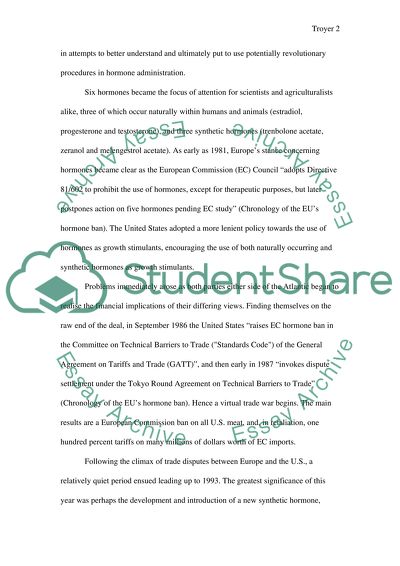Cite this document
(“Beef Hormone Crisis Essay Example | Topics and Well Written Essays - 2500 words”, n.d.)
Beef Hormone Crisis Essay Example | Topics and Well Written Essays - 2500 words. Retrieved from https://studentshare.org/miscellaneous/1510804-beef-hormone-crisis
Beef Hormone Crisis Essay Example | Topics and Well Written Essays - 2500 words. Retrieved from https://studentshare.org/miscellaneous/1510804-beef-hormone-crisis
(Beef Hormone Crisis Essay Example | Topics and Well Written Essays - 2500 Words)
Beef Hormone Crisis Essay Example | Topics and Well Written Essays - 2500 Words. https://studentshare.org/miscellaneous/1510804-beef-hormone-crisis.
Beef Hormone Crisis Essay Example | Topics and Well Written Essays - 2500 Words. https://studentshare.org/miscellaneous/1510804-beef-hormone-crisis.
“Beef Hormone Crisis Essay Example | Topics and Well Written Essays - 2500 Words”, n.d. https://studentshare.org/miscellaneous/1510804-beef-hormone-crisis.


